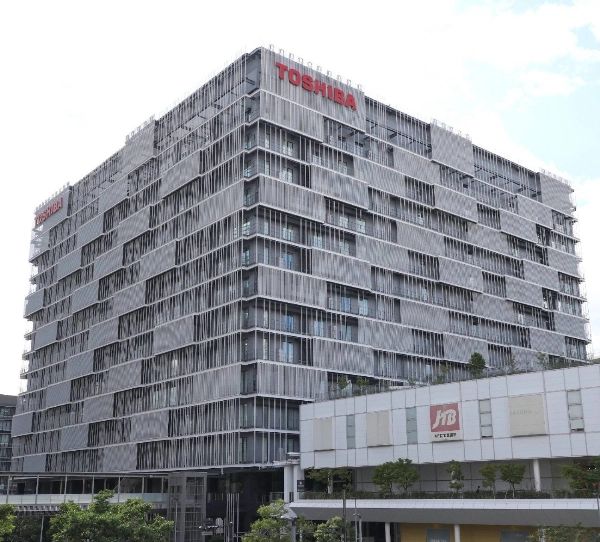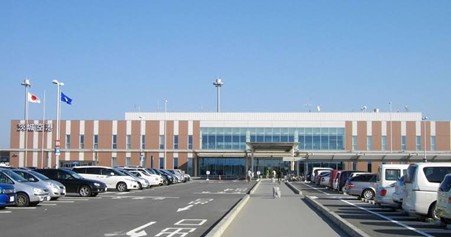Major Japanese manufacturers, including Toshiba and Fujitsu, are increasingly shifting their headquarters—or key functions—from central Tokyo to neighboring regions. This movement reflects broader shifts in work culture, cost pressures, and strategic operational planning.
Who’s Moving Where—and Why
According to a recent Jiji Press report, Toshiba is relocating headquarters functions from its longtime Shibaura base in central Tokyo to Kawasaki, in adjacent Kanagawa Prefecture. As of late August, its executive office and corporate planning divisions have already moved, with the public relations department set to follow by the end of the month. The reorganization aims not only to facilitate remote work but also to better align corporate planning with R&D and manufacturing operations.
Similar motivations inform Fujitsu’s relocation strategy. As announced in 2023, the technology giant plans to shift its main office to Kawasaki by the end of September next year. The decision stems from the normalization of remote and hybrid work models, which have reduced the need for premium office space in central Tokyo.
A Broader Trend of Corporate Migration
These high-profile shifts align with a growing national pattern. Tokyo Shōkō Research data shows that in fiscal 2024, 16,271 companies moved their headquarters from Tokyo to other prefectures—an 18.7% increase year-on-year. While many of these are small and medium-sized businesses, the trend spans multiple sectors—especially service, information, and retail industries.
The preferred destinations include Saitama (net inflow: 250 companies), Chiba (192), and Kanagawa (172), highlighting a regional preference for nearby, more affordable locations.
What’s Driving the Shift
Several factors are fueling this relocation trend:
- Cost Pressures: Central Tokyo’s steep real estate prices make it increasingly difficult for businesses to balance expenses amid changing revenue models.
- Remote Work Culture: The pandemic accelerated the adoption of telecommuting, diminishing the need for large, centralized offices and enabling more flexible, geographically dispersed setups.
- Operational Synergies: Companies like Toshiba are moving to improve collaboration between planning, manufacturing, and R&D teams—functions often scattered across regions.
- Disaster Resilience: Businesses are dispersing critical operations to reduce risks from natural disasters, like earthquakes. NTT’s move of some headquarters functions to Takasaki, Gunma—a city considered less vulnerable to seismic shocks—is a prime example.
- Regional Revitalization: Local governments are offering subsidies and tax incentives to lure firms out of the capital and boost regional economies. Some manufacturing and tech companies are responding, seeking cost-efficient locations and potential new markets.
Reflections from the Ground
As one Reddit commenter noted:
“A growing number of Japanese companies are leaving Tokyo for the sticks… Under the banner of ‘regional revitalisation,’ central and local governments offer tax incentives and subsidies to encourage companies to move their headquarters or some office functions…”
This sentiment captures the dual motivations—economic and strategic—behind this corporate migration.
Conclusion
The exodus of manufacturers and other businesses from central Tokyo signals a broader transformation in Japan’s business landscape. Remote work, rising costs, and an emphasis on operational resilience and regional development have together nudged firms toward more dispersed headquarters configurations. As the trend continues, we could see a meaningful rebalancing of corporate influence away from Tokyo—reshaping regional economies and the future of work in Japan.
Source:https://ebx.sh/r7XnpL

















